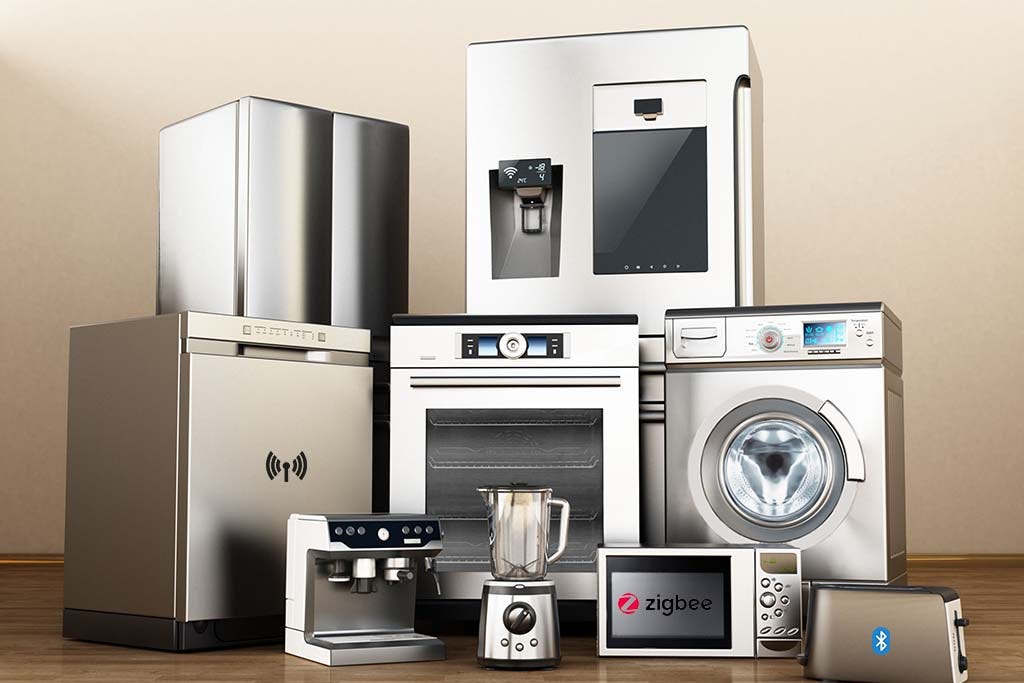Welcome to the first edition of Buzzing Trendz where every Friday, I’ll handpick and share 3 insightful articles or stories covering the latest in Business, Tech and Trends. My goal is to cut through the noise to bring valuable and engaging content directly to you. If you like what you just saw, definitely give a thumbs up and share this to your mates as that would encourage me to find more stories like this.
In this weeks digest, we discuss:
A study on the usage of “Dark Patterns” in top Indian Apps
Meta’s Consumer Insights on The Gaming Industry in India
The Battle of Warranties by Top Indian Consumers Electronics Brands
Without Further Ado, Lets Start.
80% of Indian apps trick users into sharing more information than intended.
A recent study by the Advertising Standards Council of India (ASCI) Academy, in partnership with design firm Parallel HQ, has revealed the widespread use of deceptive or "dark" patterns in popular Indian apps. Analysing over 12,000 screens from 53 apps across 9 different industries, the report found that 52 apps employ misleading design practices, averaging 2.7 deceptive patterns per app.
Health-tech (as shocking this might seem), travel booking, and fintech sectors showed the highest prevalence of these tactics, which include, privacy deception, the most common and found in over 79% of apps, followed by interface interference and drip pricing.
The report also highlights the pervasive use of these tactics in travel booking, delivery, and logistics apps, with most instances occurring during purchasing, subscribing, and booking flows. E-commerce apps were notably difficult to delete accounts from, and health-tech apps frequently used time-based pressure to rush users.
I highly encourage you to go through this report and the study might just be an eye opener.
Here's the Full Report: https://www.ascionline.in/wp-content/uploads/2024/08/Consious-Patterns-Report-Summary.pdf
43% of real-money gamers are from non-metro geographies.
Meta recently conducted a study with 2,019 respondents aged 18-64 across 75 cities in India, revealing critical insights into the country's dynamic gaming landscape.
According to the report, 60% of smartphone gamers in India play daily, with nearly 90% of real-money gamers playing weekly. Now that’s a huge base of loyal audiences that regularly engages with these gaming platforms. It is also an interesting discovery that almost half of casual gamers and 43% of real-money gamers are from non-metro geographies.
The report suggests that social media plays a pivotal role in game discovery, with over 75% of casual and real-money gamers finding new games through these platforms—90% of them using Meta’s platforms. The gaming brands who are well integrated with social media platforms, as a result are likely to reach more audience than their peers.
Its also found that during the festive seasons and sporting events like the IPL and World Cup 88% of gamers are more likely to switch to fantasy sports games during these periods. So If these gaming platforms/companies run a well timed ad campaign, they might just gather enough gamers to take off.
If this looks interesting, definitely checkout the report for insights and takeaways.
Read the full article here: https://about.fb.com/news/2024/03/new-consumer-insights-to-help-indias-gaming-brands-grow/
The Battle of Warranties by Top Indian Consumers Electronics Brands
Leading consumer durables brands like LG, Samsung, Haier, and Godrej are intensifying a "warranty war" to attract customers, offering extended warranties on key components like compressors and motors, with some reaching up to 20 years, according to a report in Business Standard. A Haier study also indicated that warranty is the third-most important factor for some buyers, contributing to the competitive landscape. However, while this strategy might sound successful, its appeal to consumers—especially those over 35—may be less impactful due to the frequent upgrade cycle of 5-8 years for household appliances, potentially contradicting the article’s conclusions.
So, does a longer warranty term actually signify a better brand to a customer, leading them to purchase the item?
What do you think? Definitely read the article.
Here is the full article: https://www.business-standard.com/industry/news/why-are-india-s-consumer-durable-makers-locked-in-intense-warranty-war-124080300316_1.html








